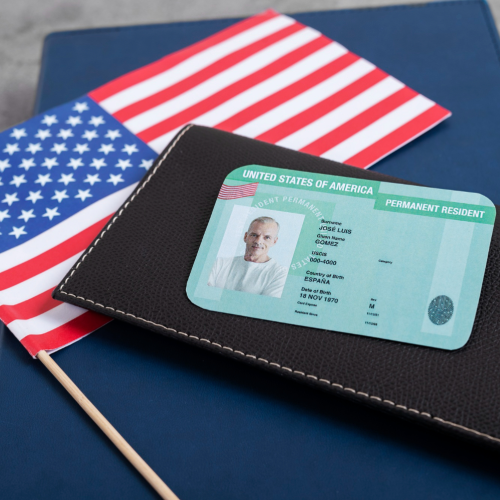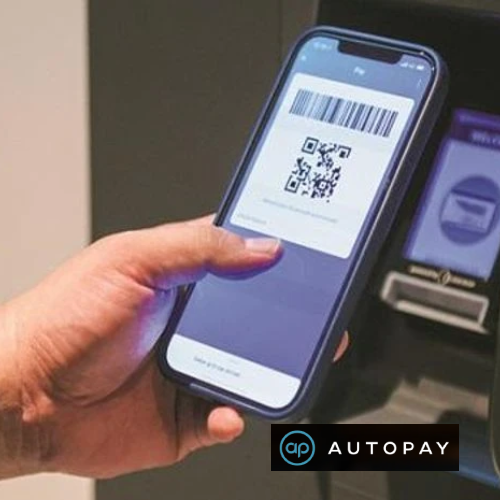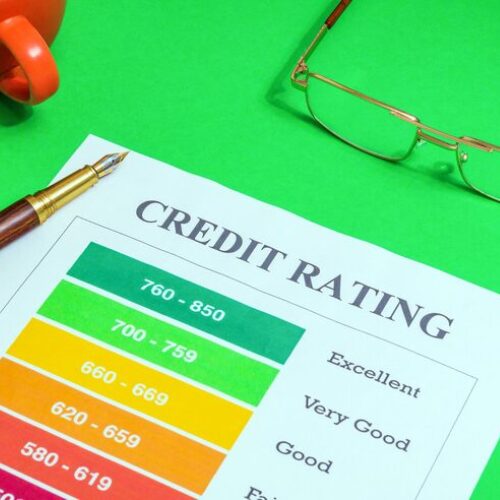If you’re thinking about getting your driver’s license, it’s important to understand both the process and the costs involved. Each state has its own rules, fees, and requirements. That’s why it’s helpful to know how things work in different places and what to expect from this important step.
How the Driver’s License Process Works
The process of getting a driver’s license in the United States usually involves three main steps:
- Written test – This checks your knowledge of local traffic laws.
- Learner’s permit – This allows you to drive with a licensed driver in the car.
- Road test – A practical driving test with an authorized examiner.
To get started, you’ll need to visit your state’s Department of Motor Vehicles (DMV), bring the required documents (like proof of residency, a passport, Social Security Number or ITIN, and proof of age), and pay the initial fees.
How Much Does It Cost to Get a Driver’s License?
The cost can vary a lot depending on the state. In general, the full process can range from $20 to $200, depending on where you live and whether you take driving lessons at a private school.
Here’s a look at the average costs in some major states:
- California: Around $38 to apply for a first-time license.
- Texas: The cost is usually about $25.
- Florida: About $48 on average, including testing fees.
- New York: Around $80, but there may be extra fees.
- Illinois: Around $30.
If you decide to take driving lessons at a school, the price goes up. A package of 6 to 10 lessons can cost anywhere from $200 to $800, depending on your area. Prices can also change based on the time of year or location, so be sure to confirm directly with the school you choose.
Are Driving Lessons Required?
No, in many U.S. states, you don’t have to take lessons with a professional instructor. However, if you’re under 18, it’s common for the state to require you to complete a driver’s education course. If you’re over 18, you can usually practice with a friend or relative who has a valid license.
Tips to Pass Your Tests
If you’re nervous about passing the driving tests, there are a few tips that can help. Start by reading your state’s driver’s manual, which you can find on the DMV website. It’s also a good idea to take online practice tests to prepare for the written part.
Schedule your exams ahead of time, since some locations have long waiting lists. If possible, practice in the same type of car you’ll use for the road test. Some states allow you to bring your own vehicle, so check that detail in advance.
Avoid common mistakes like failing to signal, driving too slowly, or forgetting to check your mirrors.
What Happens After You Pass?
Once you pass the road test, you’ll get either a temporary or permanent license, depending on your state. Most states mail out the official license within two weeks. In the U.S., your driver’s license also serves as a valid form of ID at banks, airports, and government offices.
With your license in hand, don’t forget to get good car insurance so you’re protected and can drive with peace of mind. Insurance costs vary depending on your profile, vehicle, and coverage, but younger drivers with a clean record can often find affordable plans.
Final Thoughts
Getting your driver’s license is a pretty straightforward process, especially for permanent residents. The costs are reasonable compared to other countries, and with a bit of planning, you can get licensed without too much hassle.
If you were unsure about how to get your license, now you know where to begin. The key is understanding your state’s DMV requirements, gathering the right paperwork, and practicing enough before the road test.
All information in this and other BOISLA articles is subject to change over time. Please check for updates directly with the institutions and companies mentioned. Approval is subject to the institution’s review.
REFERENCES:
Read more about finances in https://boisla.com/category/blog/





